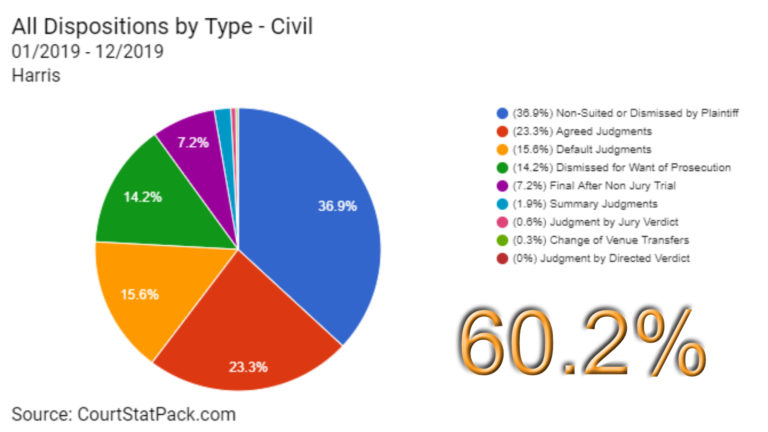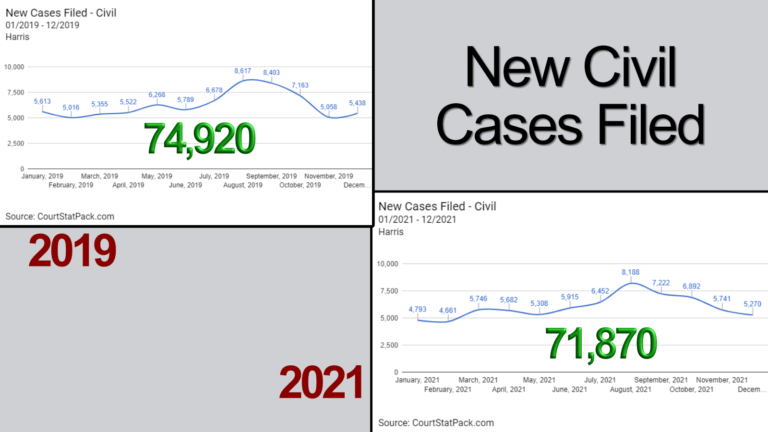
How Do You See It?
Some will first see a duck head; others a martian caricature.
When told to look for something else, and given a hint as to what it is, most of us will rearrange the lines in the image and soon be able to “see” the other image too. Once we have more information; once we know there’s more to see; our brains are capable of reprocessing the same information and finding a different outcome.
The same thing often happens in conflict too. Which many of us have probably seen.
In an initial investigation, even before a lawsuit is filed, for example, we’ve asked a party or potential witness how s/he thinks the other side “sees” the brewing conflict. We’ve sought answers to questions like “What do you think is causing (or caused) the other side to engage (or not engage) in the offensive conduct?” and “What would you consider a successful outcome for the conflict?” and “What do you think the other side might consider to be a reasonable resolution?” And from the responses, we’ve watched as they reprocess the information provided to “see” the situation from the other side’s perspective. Questions like these are invitations to rearrange the same information with an eye for the opposing viewpoint. They tend to serve a dual purpose in not only stimulating an evaluation of risks and uncertainties, but also opening up options for resolution too.
Again, as experienced litigators and problem-solvers, we’ve seen this process unfold many, many times over the years. But, recently, in reviewing some statistical data about Harris County civil caseloads, it was hard not to think about the value of doing this kind of thinking early in the lifecycle of a conflict through pre-suit and early mediations.
A review of data available at www.CourtStatPack.com indicates that in Harris County more than half of all non-family civil lawsuits that were resolved in 2019 and 2021 were removed from court dockets with the plaintiff’s consent pre-trial. Specifically, the data indicates that approximately 60% of all non-family civil conflicts deemed significant enough to warrant becoming a matter of public record were voluntarily removed from court dockets in the year before the pandemic and the year after the pandemic.


Although there are a number of reasons why cases resolve, one significant and prevalent reason is often seen in mediation where, like the image above, parties are able to see the conflict (the past) and resolution (the future) differently and/or better able to understand the other side’s perspective more clearly. Many of us know what tends to follow that kind of thinking. Indeed, in many instances, what may have once been perceived as an unreasonable response, comment, decision, or action (or inaction) spurring the conflict on; now “seen” from an another perspective, perhaps better understood, doesn’t seem quite so unreasonable. Or maybe it still seems unreasonable, but the new information or perspective alters how the parties’ see other aspects of the case, including a potential zone of agreement that wasn’t previously within view.
Considering the data above, one might wonder how many of those conflicts that plaintiffs voluntarily removed from Harris County court dockets were mediated, or could have been mediated and resolved even, before the lawsuit was filed.
It’s impossible to know the answers without expending considerable time and other resources digging into the layers under the layers of each and every case filed in those years (see chart below). But, considering other available data indicating that more than 16,500 fewer cases in 2021 (49,043) than in 2019 (65,585) were removed from Harris County civil dockets, it is not hard to see the prospect of a growing backlog and the value early mediation offers not only to parties, but to the courts too in the current, post-pandemic environment.
Charts and information in this article were obtained from a third-party website: www.CourtStatPack.com, which indicates the underlying data is gathered from the Texas Office of Court Administration.
Felicia Harris Hoss
is an attorney-mediator, arbitrator, and early dispute resolution (EDR) neutral, with almost 25 years of legal experience. Through the years, Felicia has helped parties resolve civil and commercial disputes both inside and outside of the courtroom in a wide range of industries involving a broad spectrum of claims. Felicia is available to assist parties and their counsel through online, hybrid, and in-person mediations and arbitrations (ad hoc and administered).





